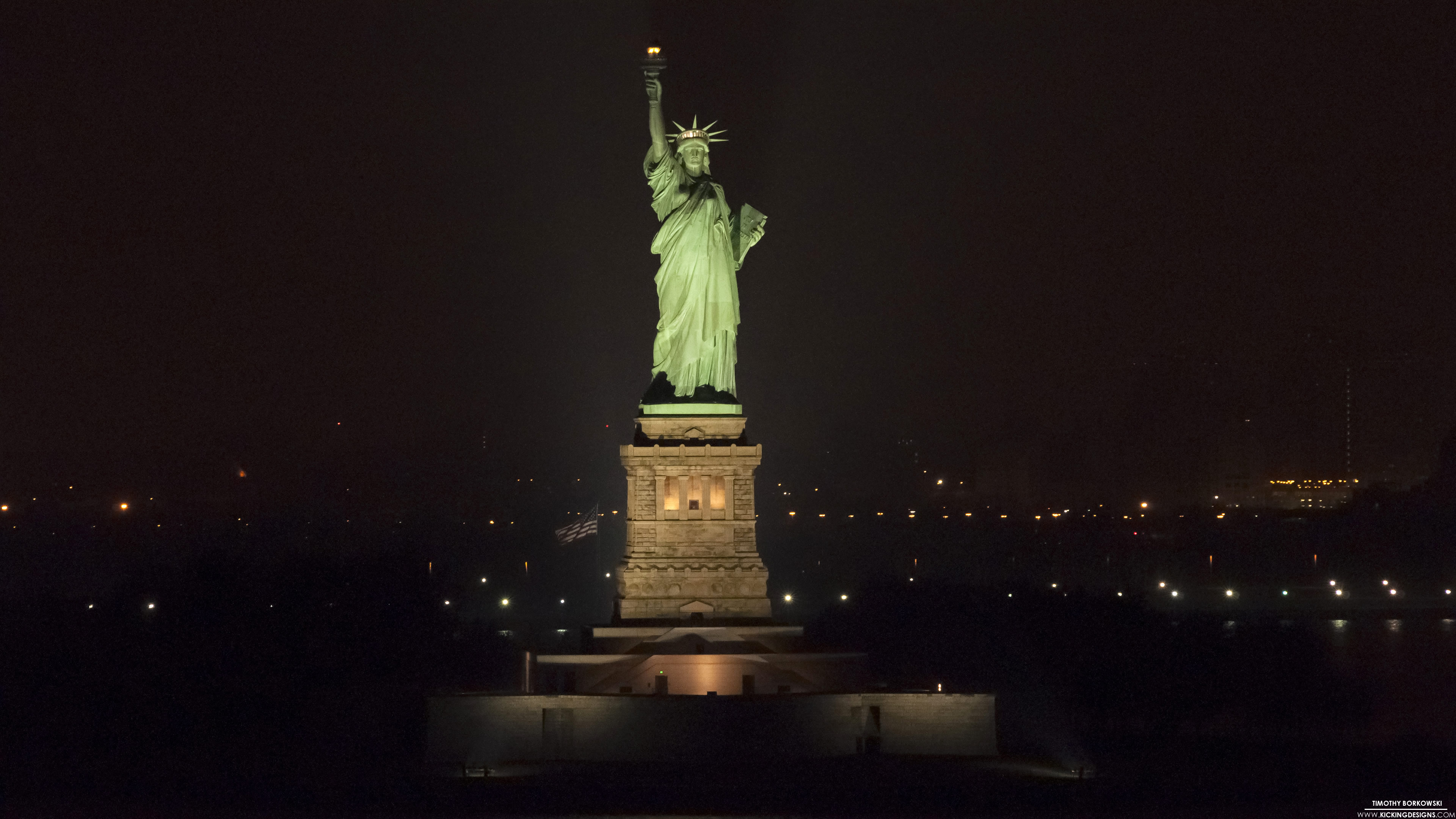


Add a new partition by pressing + and choose how much space you wish to give the partition.Select the drive to be partitioned in the left-hand column.Next, we will create a partition for Arch Linux along side your macOS installation. Note: To do a clean install, use Disk Utility within the installer to repartition or reformat the disk. Install any updates ( > About This Mac > System Preferences… > Software Update).Select the bootable installer for macOS.Note: This may take awhile (~30 minutes). VolumeName is the name of the USB flash drive or other volume you’re using. This command assumes that the installer is still in your Applications folder. Sudo /Applications/Install \ macOS \ Big \ Sur.app/Contents/Resources/createinstallmedia \
#Arch linux macbook air 2013 mac os
Make sure that it has at least 12GB of available storage and is formatted as Mac OS Extended. This will serve as the bootable installer. Step 2: Use the createinstallmedia command in Terminal To download macOS Big Sur, go to the Apple menu > App Store… > search macOS Big Sur > click View > click Get. If the installer opens after downloading, quit it without continuing installation. MacOS Big Sur downloads directly to your Applications folder as an app named Install macOS Big Sur. Fortunately, Apple makes this relatively painless. You must use an external drive or secondary volume as a startup disk from which to install macOS Big Sur. Installing macOS Big Sur Create a Bootable Installer for macOS
#Arch linux macbook air 2013 how to
This is part one of a three part series on how to install macOS Big Sur and Arch Linux on a MacBookPro11,3: You can also identify your MacBook Pro model here. The Model Identifier should be listed under Hardware Overview.

To determine the Model Identifier of your MacBookPro, go to > About This Mac > System Report…. Warning: This guide is for the MacBookPro11,3 and does not apply to more recent MacBooks.


 0 kommentar(er)
0 kommentar(er)
